Carbon dioxide measured by a NASA satellite pinpoints sources of the gas from human and volcanic activities, which may help monitor greenhouse gases responsible for climate change.
Late last month, a stratovolcano in Bali named Mount Agung began to smoke. Little earthquakes trembled beneath the mountain. Officials have since evacuated thousands of people to prevent what happened when Agung erupted in 1963, killing more than 1,000 people.
Before volcanoes erupt, there are often warning signs. Tiny earthquakes rarely felt by humans but sensed by seismographs emanate from the volcano. Plumes of water vapor rise from the crater. When the volcano begins to emit gases like carbon dioxide and sulfur dioxide, eruption may be imminent.
But getting close to the top of a volcano is dangerous work. Using remote sensing to detect rising carbon dioxide and sulfur dioxide emissions without endangering people or equipment would greatly increase human understanding of volcanoes. Remote sensing emissions could prevent humanitarian disasters—and false alarms.
Mount Agung hasn’t erupted yet (at the time this article was written), but seismic activity remains intense. Balinese officials are beginning to wonder if an eruption truly is imminent; the people who were evacuated from the area want to return to their homes and tourism is down.
Researchers including Michigan Technological University volcanologist Simon Carn have published a collection of papers including “Spaceborne detection of localized carbon dioxide sources” in the journal Science; the article details the first-known measurement of localized anthropogenic and natural carbon dioxide sources from a satellite in low-Earth orbit.
The five papers in the OCO-2 Science Special Collection showcase the abilities of NASA’s Orbiting Carbon Observatory-2 (OCO-2) satellite; measurements from the satellite’s sensors provide insights into how carbon links everything on Earth. The research is supported by NASA’s Jet Propulsion Laboratory.
Monitoring CO2 Emissions From Space
The paper Carn co-authored discusses how the research team has taken high-resolution, sensitive spaceborne measurements of atmospheric carbon dioxide at the kilometer scale. This data reveals that the satellite’s sensors are able to pinpoint localized sources of carbon dioxide in the atmosphere—a difficult task considering the sheer amount of background carbon dioxide in the atmosphere to begin with.
The satellite uses spectrometry; the sensors onboard the satellite measure reflected sunlight—radiation—in high-spectral resolution using wavelengths undetectable to the human eye. When light passes through carbon dioxide, some is absorbed by the gas. The remaining light bounces off the ocean and the Earth. The OCO-2 sensors measure the light that bounces back to quantify what was absorbed by carbon dioxide, allowing scientists to isolate emission sources, whether human or natural.
“The main focus of the article is detecting localized, point-source emissions of carbon dioxide as opposed to measuring the broad-scale concentration in the atmosphere,” says Carn, an associate professor in the Department of Geological and Mining Engineering and Sciences. “Volcanoes can be strong, localized sources of carbon dioxide. But on a global basis, all available evidence indicates that human activities are emitting much more carbon dioxide than volcanoes.”
The OCO-2 satellite’s spatial resolution—2.25 kilometers—is high enough that chemical signals are not diluted. However, while OCO-2’s measurements are unprecedented, the satellite cannot be used as a routine volcano monitoring tool because it does not pass over the same place on the Earth frequently enough.
“This is a demonstration that the technique does work, but we need better sensors before it becomes a routine monitoring tool, especially for volcanoes where we expect rapid changes in gas emissions,” Carn says. “If we could measure volcanic carbon dioxide from space routinely, it would be a very powerful addition to the techniques we use. That kind of observation would be useful (for Agung) right now.”
Carn combed through satellite data to find detectable spaceborne carbon dioxide measurements from three volcanoes in the Pacific island nation of Vanuatu. One of these, Mount Yasur, has been erupting since at least the 1700s, and on the day of the OCO-2 measurement was emitting carbon dioxide about 3.4 parts per million above background atmospheric levels, equal to about 42 kilotons of emissions. In comparison, human emissions average 100,000 kilotons a day.

OCO-2’s sensors also measured carbon dioxide emissions over the Los Angeles basin, detecting a sort of carbon dioxide “dome”. Urban areas account for more than 70 percent of anthropogenic emissions.
“Natural processes on Earth are currently able to absorb about half of human fossil fuel emissions,” says Annmarie Eldering, OCO-2 deputy project scientist at NASA’s Jet Propulsion Laboratory in Pasadena, California, and lead author of an overview paper in Science on the state of OCO-2 science. “If those natural processes falter, slowing down the helpful removal of carbon dioxide, greenhouse-gas-induced warming would accelerate and intensify. These data begin to give us a better view of how climate affects the carbon cycle, reducing the huge uncertainty around how both might change in the future.”
The OCO-2 measurements across Los Angeles were detailed enough to capture differences in concentrations within the city resulting from localized sources. They also tracked diminishing carbon dioxide concentrations as the spacecraft passed from over the crowded city to the suburbs and out to the sparsely populated desert to the north.
Michigan Technological University is an R1 public research university founded in 1885 in Houghton, and is home to nearly 7,500 students from more than 60 countries around the world. Consistently ranked among the best universities in the country for return on investment, Michigan's flagship technological university offers more than 120 undergraduate and graduate degree programs in science and technology, engineering, computing, forestry, business, health professions, humanities, mathematics, social sciences, and the arts. The rural campus is situated just miles from Lake Superior in Michigan's Upper Peninsula, offering year-round opportunities for outdoor adventure.
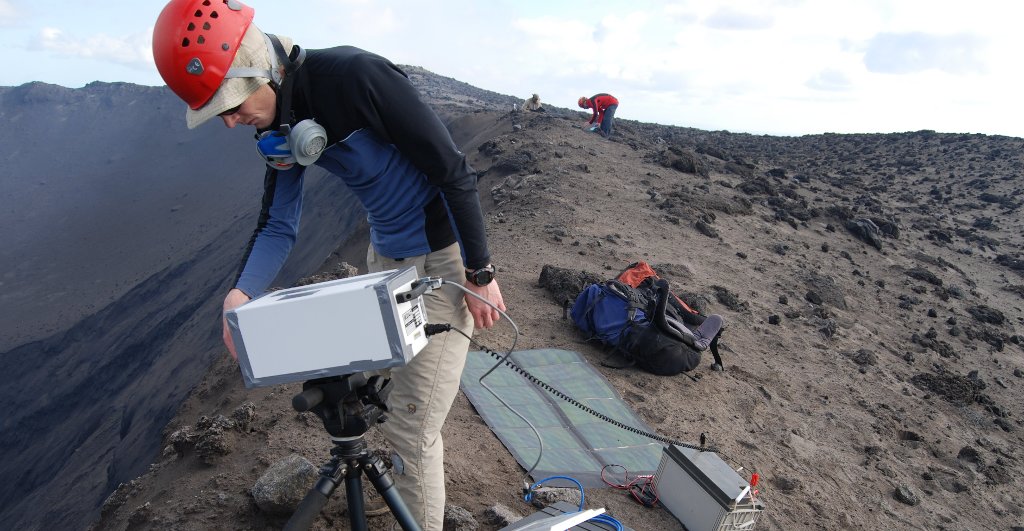

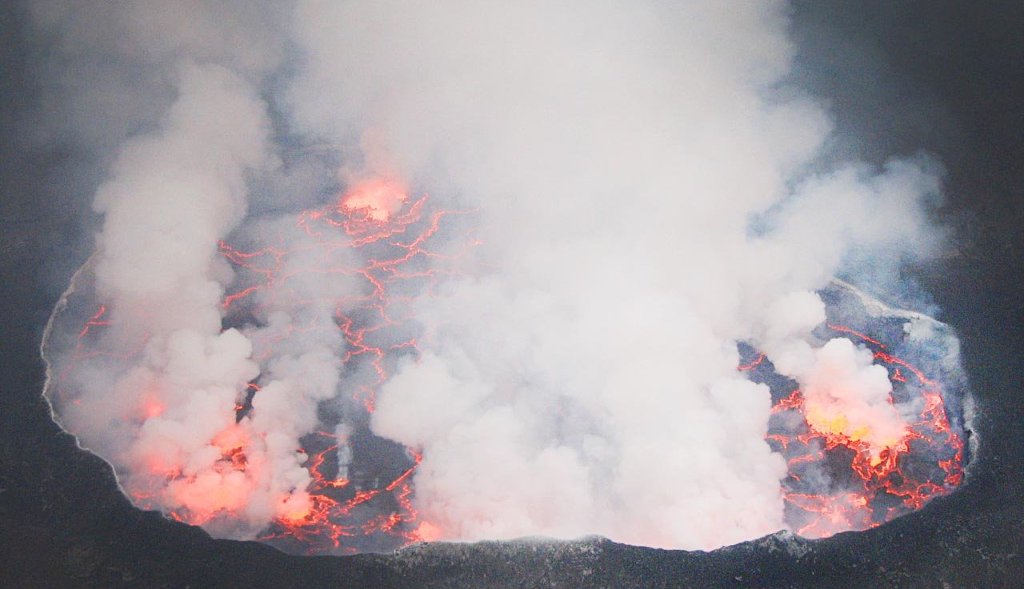
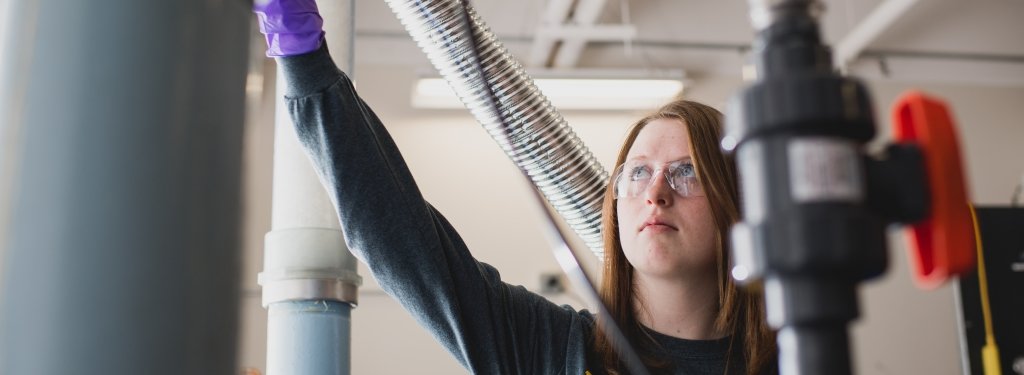
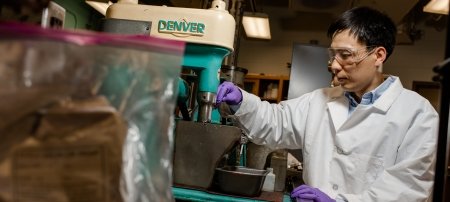
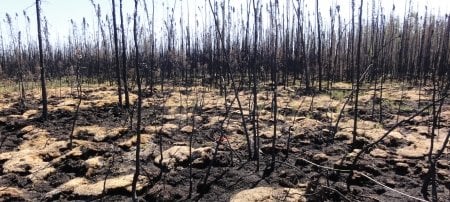
Comments